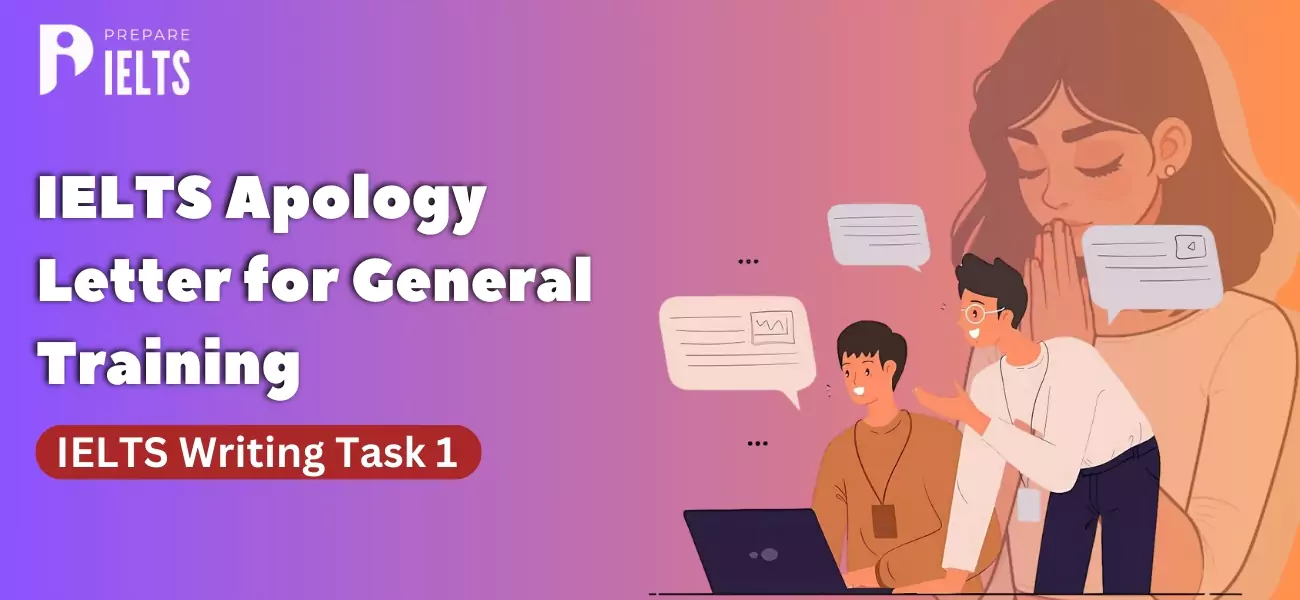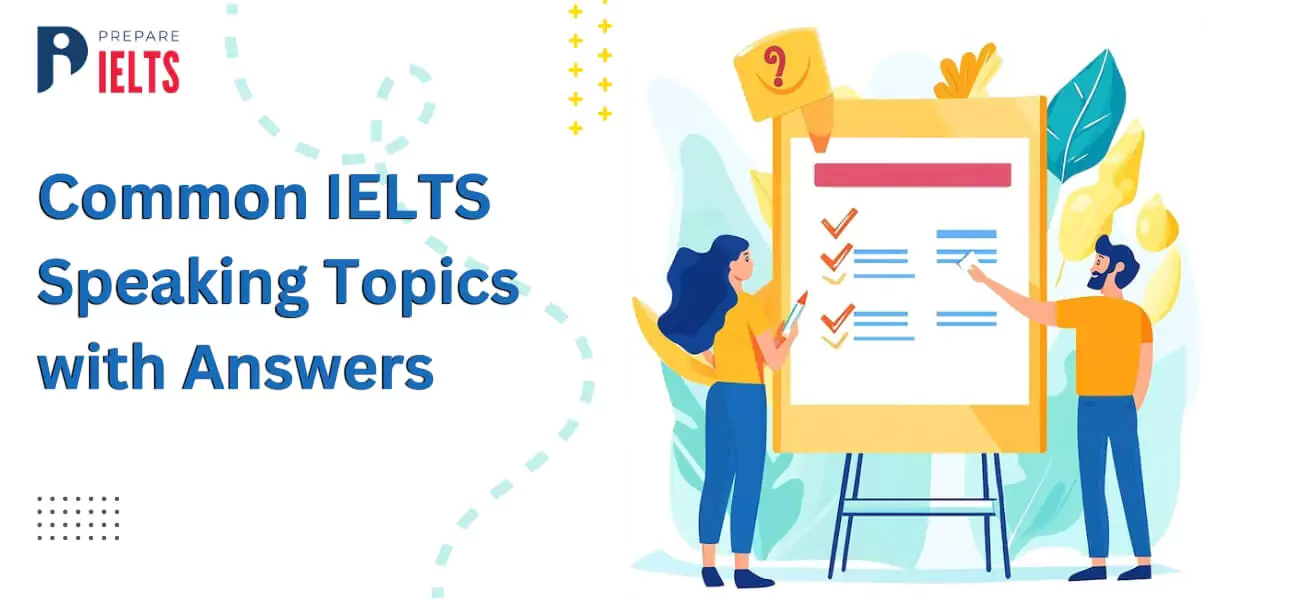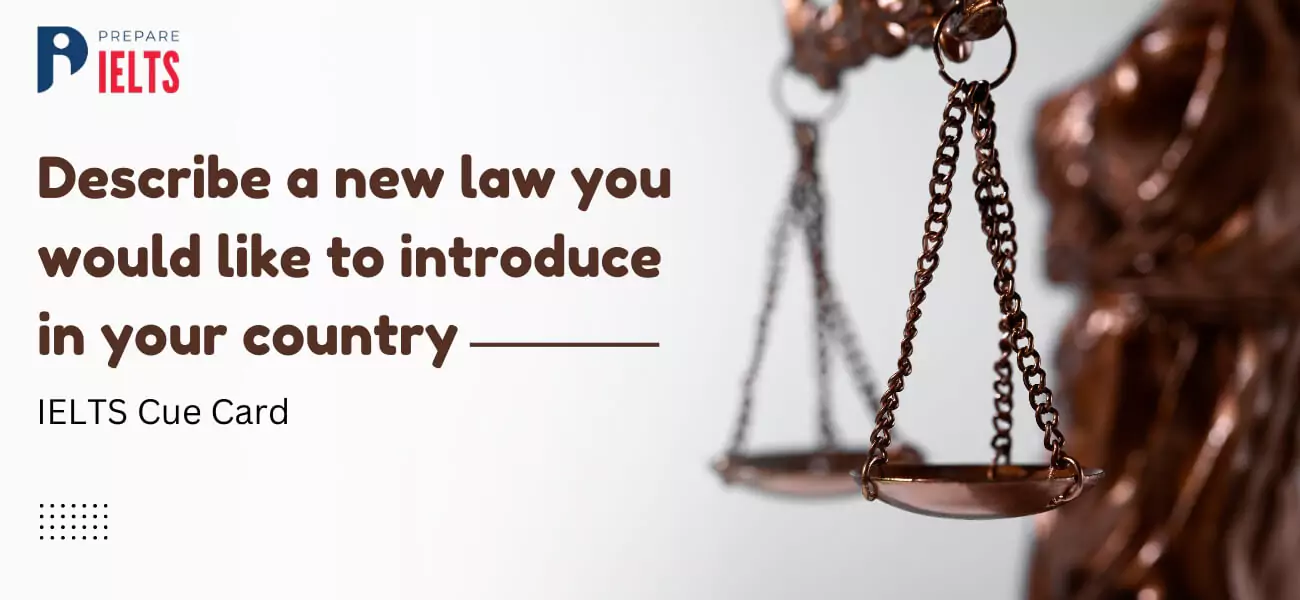
Overview
Succeeding in the IELTS Language Proficiency Test is critical to realising your dream of studying abroad. Almost all international colleges recognise IELTS to measure students' ability to speak, listen, write, and read English.
The writing section is one of the most important sections of the IELTS test. Many students struggle to perform well on IELTS writing tasks, particularly when writing a letter. As a result, in this blog, we will discuss some ideas and methods for scoring well in IELTS letter writing under General IELTS Writing Assignment 1. So, let’s begin with the blog!
General IELTS Letter Writing Task 1
You have 20 minutes to attempt a question by composing a letter to an individual, business, or organisation. Basically, you can get three types of letters to write, i.e., formal, semi-formal, and informal, depending on the situation. Moreover, your response, which is judged separately from the Task 2 essay, accounts for around 30% of your writing score.
Three Types of IELTS Letter Writing
Let’s get a sneak peek into all three types of letters below.
IELTS Formal Letter
Basically, a formal letter is written to somebody whom we don’t know or have never met. Generally, formal letters include:
-
An Application Letter
-
An Invitation Letter
-
A Complaint Letter
-
A Request Letter
-
A Review Letter
-
A Feedback Letter
-
A Resignation Letter
-
A Job Letter
-
An Apology Letter
-
An Arrangement Letter
-
An Explanation Letter
IELTS Informal Letter
Informal Letters are generally personal letters regarding social and personal circumstances to someone you know or who is near to you, as the name implies. Unlike the formal letter subjects, it is impossible to organise or define informal letter writing topics since there are numerous alternatives for topics when addressing a friend or someone we are close to.
IELTS Semi-formal Letter
You must address a semi-formal letter to a person you know by name and with whom you have a professional or business relationship. They can be your professors, coworkers, accountants, etc.
Register Now, for a free Mock test - Join Today!
Basic Structure of IELTS Letter Writing
Generally, an IELTS letter writing format includes the following structure:
-
Title
-
Opening Statement - Purpose for writing the letter
-
Body Paragraph 1 (Describe the first point)
-
Body Paragraph 2 (Describe the second point)
-
Body Paragraph 3 (Describe the third point)
-
Closing statement
-
Signing off
-
Name
How to Write Letter in IELTS Writing Task 1
Now, let’s explore how to attempt IELTS letter writing task 1 step-by-step.
STEP 1: Identify the type of letter
Firstly, you have to identify which type of letter it is, i.e., formal, semi-formal, and informal.
STEP 2: Determine the letter's objective.
The second step is to read and analyse the task prompt carefully. Thus, understand the purpose of the letter, the recipient, and any specific instructions provided.
STEP 3: Plan what you have to write
After reading a question properly, take a few minutes to plan your letter. Outline the main points you want to address and define the structure of your letter.
STEP 4: Start the letter with a greeting
In a formal or semi-formal letter, begin with a greeting, use appropriate titles and names if available, such as "Dear Mr. Smith" or "Dear Sir/Madam." Ensure that your greeting matches the formality of the letter. Moreover, while writing a formal letter, get to the point and explain your purpose for writing.
Since you don't know the person you're writing to, don’t try to be friendly.
Whereas in the case of informal letters, before stating the purpose of your letter, first acknowledge your friendship. In fact, the opening paragraph might only contain chitchat unrelated to the topic of your essay.
STEP 5: Organise the Body Properly
The body of your letter should provide details and information relevant to the situation. Use paragraphs to organise your thoughts logically. Each paragraph should focus on a specific point wherein you should use linking words and phrases to connect your ideas.
STEP 6: End with a closing paragraph
Conclude your letter appropriately in the last paragraph. Also, in formal letters, use phrases like "Yours faithfully" or "Yours sincerely" before signing your name. In semi-formal letters, "Best regards" is often suitable.
Tips to Score Well in Letter Writing
So, here are some tips and tricks to ace your IELTS letter writing task:
Be Clear and Concise
Write clearly and concisely. Further, avoid overly complex sentences or vocabulary you are uncomfortable with.
Proofread Your Letter
It is quite important to take a few minutes to review and edit your IELTS letter writing. So, check for grammatical errors, spelling mistakes, and clarity of expression in the letter. In short, a well-proofread letter reflects positively on your language skills.
Follow the Word Count
Ensure that your letter falls within the specified word count because exceeding or falling significantly short of the word limit can affect your score. Overall, ensure your letter is within a word count of 150 to 250.
Follow the Right Structure
IELTS candidates frequently make errors by putting all the points in one paragraph. However, the best option would be to break up your ideas into separate paragraphs, as the examiner tends to evaluate your proficiency with appropriate paragraphing. Make sure that you include the following points in your letter.
-
explain the problem
-
describe why it disturbs you
-
suggest a solution
Error Free Content
Make sure that your letter is accurate and free of any grammar mistakes. Any type of grammar or spelling mistake would negatively influence your band scores.
Plan the Timing
Your 20 minutes should be split between planning, writing, and evaluating. Spend the first 3-5 minutes preparing, the next 12–15 minutes composing, and the final 2-3 minutes reviewing your work for errors.
Practice Regularly
Practice makes a man perfect! So, it is important to practice writing letters regularly to improve your skills. Also, seek feedback from teachers or native speakers to identify areas for improvement.
Conclusion
Writing a letter for IELTS can be a challenging task, but with the right strategies and practice, you can excel. Remember to analyse the task prompt, determine the appropriate formality, plan your letter, and pay attention to clarity. By following the guidelines elaborated in the blog and practising consistently, you can enhance your letter-writing skills and increase your chances of obtaining a high IELTS General Training test score.
So, if you are looking forward to appearing for the General IELTS test, then we recommend you to sign up for our IELTS Courses designed by our experts. If you need further guidance, please contact Prepare IELTS Exam (PI) expert counsellors. Our team of education experts is dedicated to assisting you in the best possible way for the IELTS exam. You can also get a one-on-one counselling session online via our platform. Contact us at info@prepareieltsexam.com or call us at +91 9773398388.
Latest Blogs
-

IELTS Score for Canada: Minimum IELTS Requirement for Canada 2025
2024-09-27 18:24:14
-

IELTS Apology Letter for General Training: IELTS Writing Task 1
2024-09-25 16:38:03
-

Minimum IELTS Score for Australia: Student Visas, Universities, and PR in Australia
2024-09-23 18:09:51
-

Common IELTS Speaking Topics with Answers
2024-09-20 18:21:56
-

Describe a foreign culture that you like: IELTS speaking cue card
2024-09-18 16:14:11
-

Describe a Rainy Day IELTS Speaking cue card
2024-09-18 11:11:32
-

Describe a new law you would like to introduce in your country IELTS cue card
2024-09-13 17:17:46
-

Describe your favourite weather: IELTS cue card
2024-09-11 18:01:28
-

Describe an enjoyable journey by public transport: IELTS cue card
2024-09-09 18:05:45
-

Step-by-Step Guide to IELTS Registration in India for the Year 2024 & 2025
2024-09-07 12:59:51


